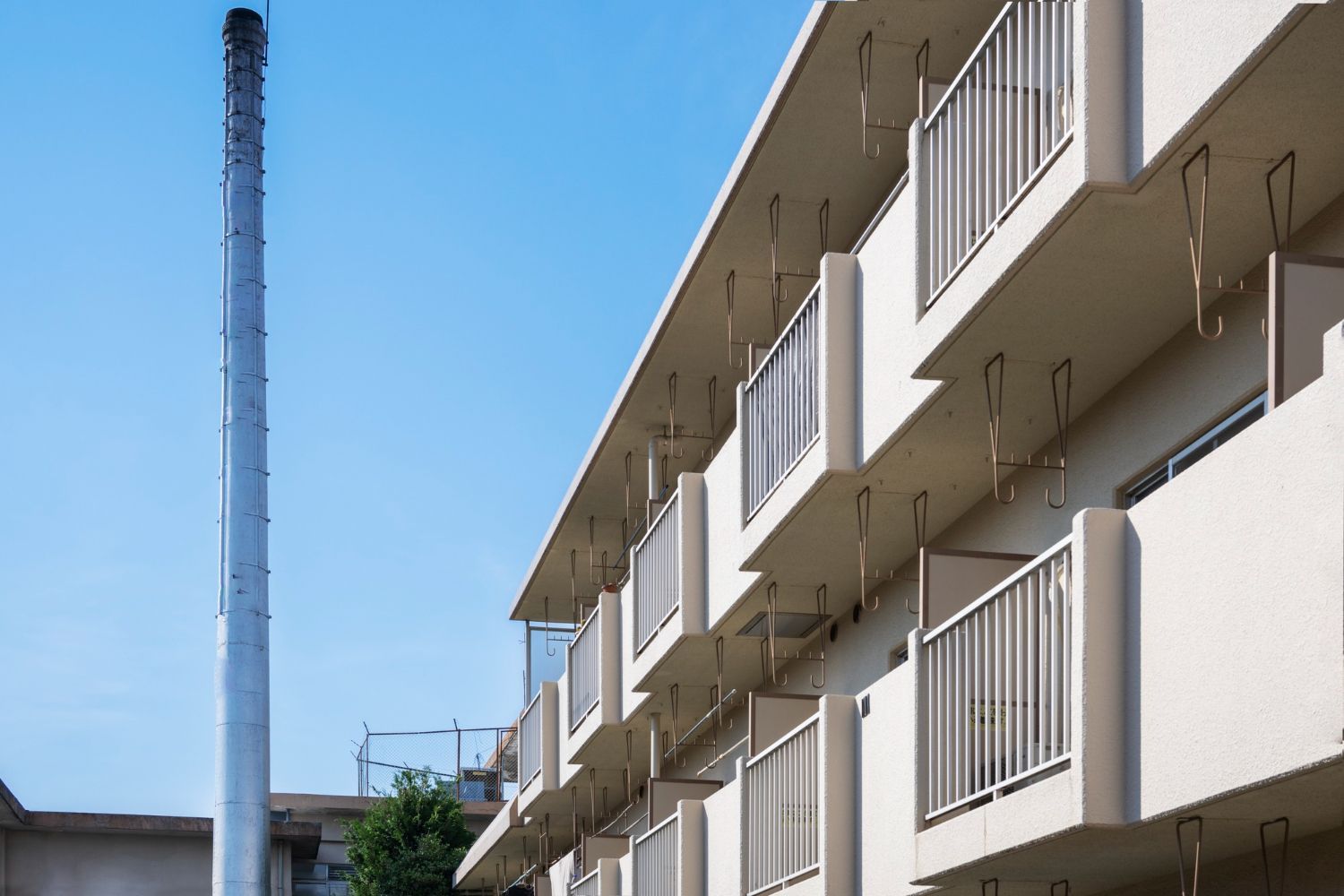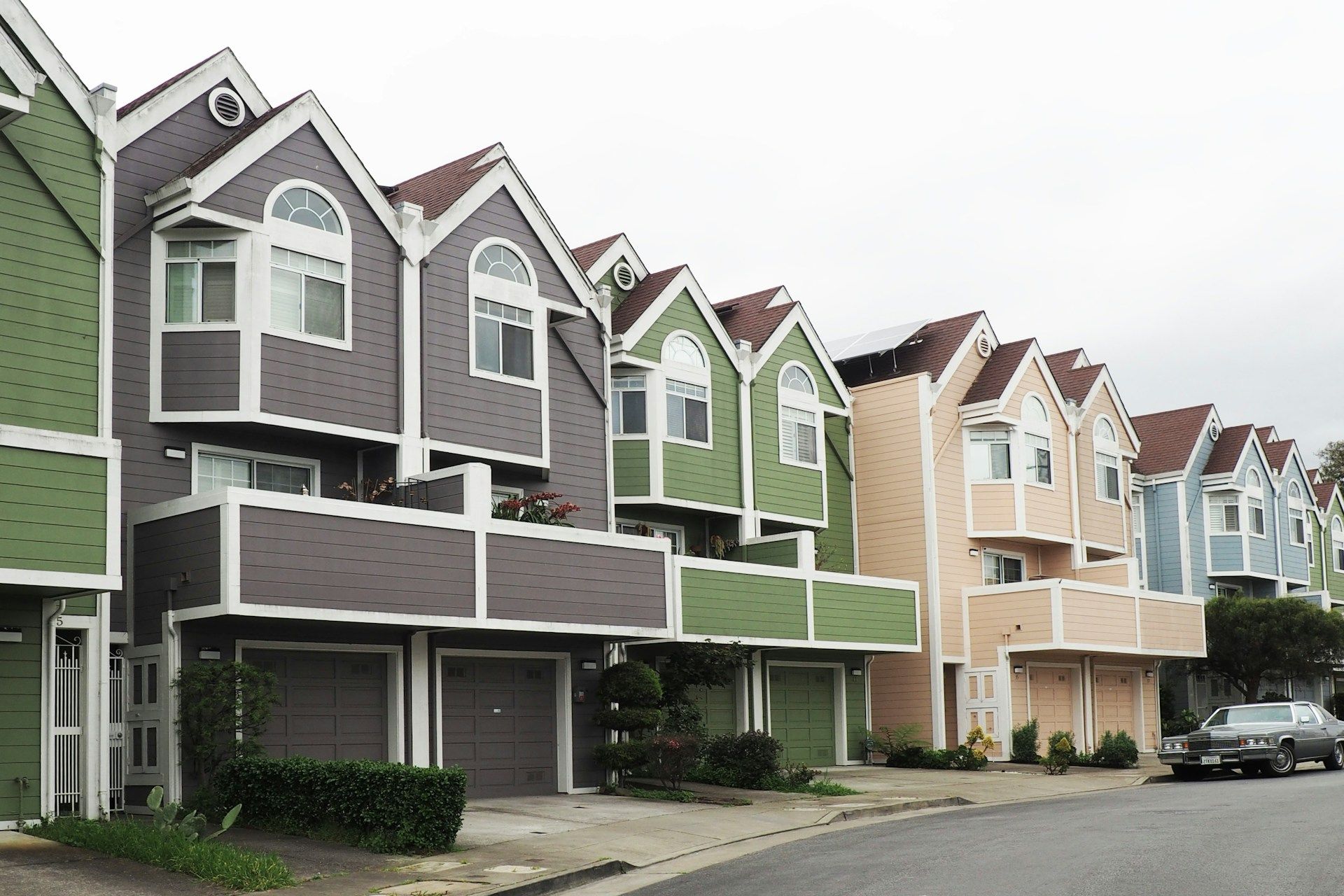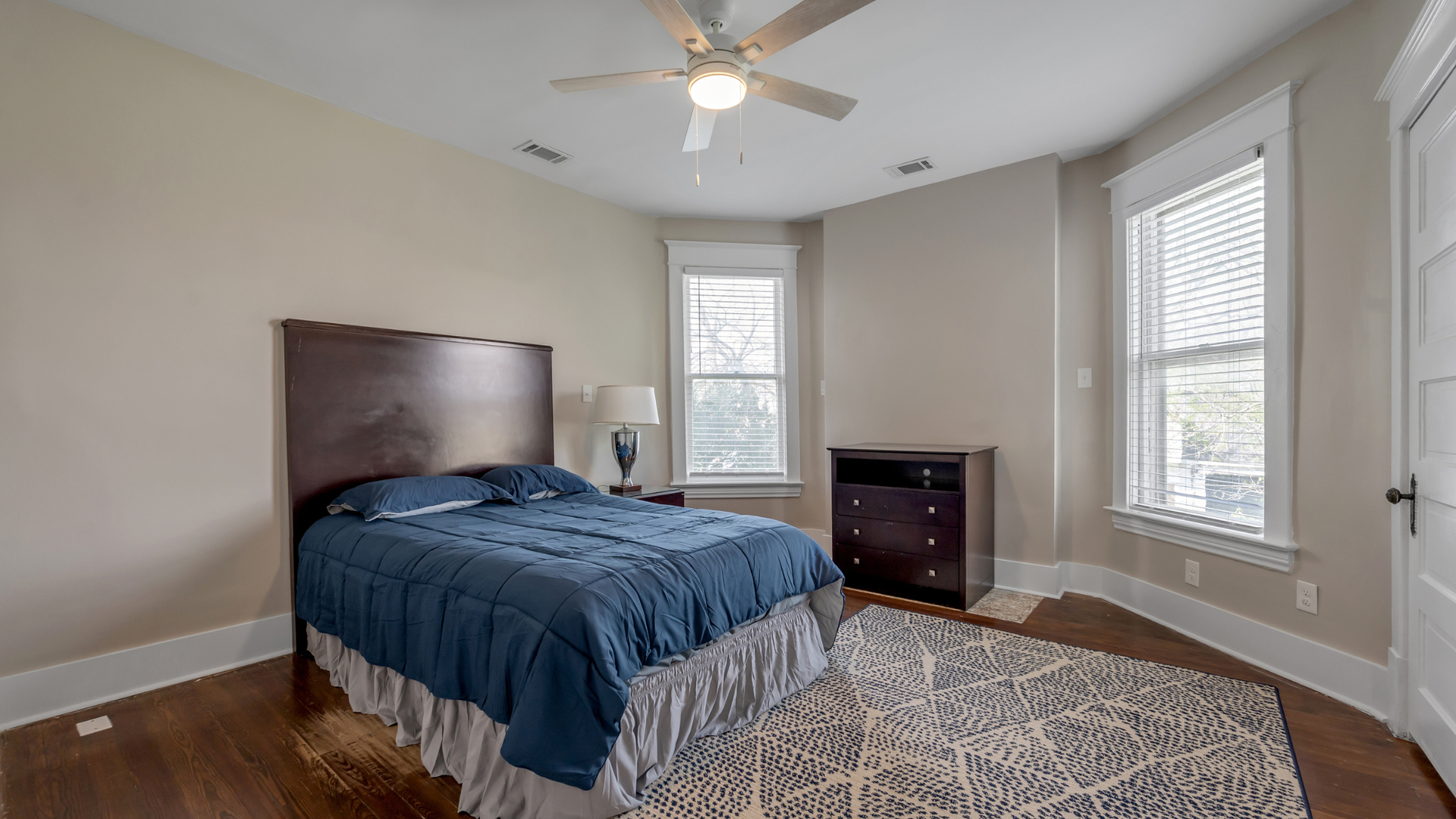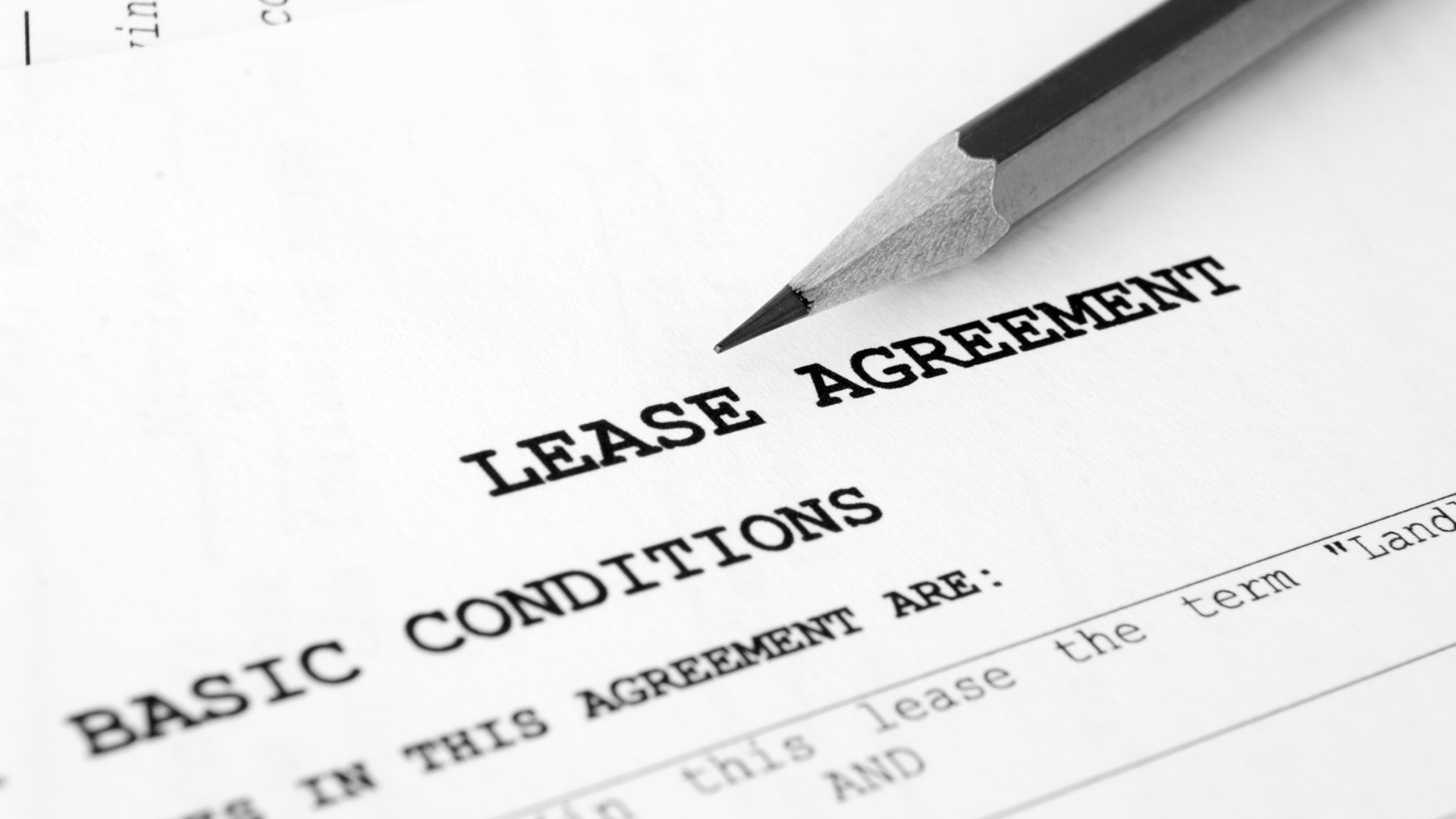How Poor Housing Bleeds Profit from Construction Projects
Every superintendent has felt it. A project is tracking well, crews are humming, and then the hidden costs start to bleed through the budget. Workers are sharing rooms in a cheap motel 45 minutes from the site. Commutes get longer. Sleep gets shorter. Overtime climbs. Two key tradespeople quit mid‑project. The schedule slips and change orders pile up to recover the loss. None of this shows up on the “lodging” line item, yet poor housing choices are often the root cause. This article focuses on the financial impact of turnover and overtime caused by subpar housing and offers practical ways to save money on construction crew housing while improving results.
The hidden profit leak: how bad housing fuels turnover and overtime
Turnover has a real, measurable cash impact on U.S. projects in 2025. The
Work Institute’s 2025 Retention Report highlights that even as quit rates cool from pandemic highs, absolute quits still approach tens of millions of workers per year and replacement costs continue to rise. The report offers a concrete anchor: replacing a $50,000 employee typically costs about $16,500 or more once recruitment, onboarding, and lost productivity are tallied. Treating retention as a “soft” issue is a financial mistake. The most expensive turnover is first‑year attrition, where companies realize almost no return on the hiring investment.
Those macro realities hit construction doubly hard because labor scarcity already delays work. In August 2025 the
Associated General Contractors of America reported that 92% of firms were struggling to hire and 45% said shortages were causing project delays. When housing frustrates crews or forces exhausting commutes, you nudge a scarce worker toward the exit and push your job toward recovery costs. That means premium temp labor, longer schedules, and higher overtime to close gaps. Stack even a modest turnover rate on top of that overtime and you have a silent drain on profit.
When “cheap” housing gets expensive: per diem gaps, ADR, and commute creep
A common trap is assuming per diem covers real lodging costs.
For FY 2025, the U.S. government’s standard per diem lodging rate sits at 110 dollars and the General Services Administration has announced FY 2026 will keep the same standard rate. At the same time, industry tracking shows U.S. hotel average daily rate hovering around the low 160s in 2025, with May at 162.72 dollars according to STR. In top markets, ADR ticked up in 2024 and remained resilient into 2025. That gap forces tough choices: double‑up rooms, push crews to distant suburbs, or bounce between properties mid‑project. None of those options is free once you consider the cost of lost productivity, longer commutes, and morale.
Longer commutes and fragmented sleep hit productivity and safety. OSHA points out that long hours and irregular shifts reduce alertness and impair decision‑making, directly raising injury risk.
The National Sleep Foundation’s 2024 survey synthesizes AAA Foundation findings that sleeping only 4–5 hours in a 24‑hour period increases crash risk to levels comparable with alcohol impairment. The practical read for construction leaders is simple. If crews are driving 45–60 minutes each way from a cheap motel, or switching lodging mid‑project, you are buying risk and productivity loss with every mile and every relocation.
Booking risk is schedule risk: cancellations, policy shifts, and last‑minute scrambles
Platform unpredictability has real schedule implications. Project teams share a growing number of last‑minute cancellation stories, and 2025 posts show the pattern: hosts asking guests to cancel to dodge penalties or canceling days or hours before checkin. One Redditor in January 2025 described a host pressing them to cancel after claiming a glitch, with others noting that the platform’s assistance may not always cover the full gap. Another thread from late summer 2025 describes a host canceling less than 24 hours before arrival. These are individuals talking about vacations, not 12‑person crews arriving for a night shift. If your team lands in town to no keys, you lose shifts, pay idle time, or scramble at premium rates.
Regulatory volatility amplifies that risk. Cities are actively tightening short‑term rental rules in 2025. Austin approved new STR rules in September that, among other changes, require platforms to display license numbers and remove unlicensed listings at the city’s request. Industry groups tracking legislation forecast hundreds of STR bills under consideration this year across the U.S., and localities from New Orleans to smaller cities continue to adjust how many listings are allowed and how they are enforced. Crews depending on a patchwork of short‑term rentals can find inventory vanishing mid‑schedule as compliance rules reset. That is not a risk most project managers want sitting next to a critical path activity.
The human math behind the bleed: injuries, fatigue, & overtime drag
Safety is the first and most important reason to get housing right, and it strongly correlates with costs. CPWR’s 2025 Data Bulletins underscore that construction remains among the most dangerous industries, accounting for nearly one‑fifth of workplace deaths in 2023. Fatigue science and EHS advisories published in 2025 emphasize the same pattern leaders see on site: extended shifts, nightly commutes, or poor sleep environments increase errors and accidents, each of which can remove workers from the job and add days away from work. With musculoskeletal injuries alone, construction workers had a median of 15 days away in 2023, a figure that reverberates through schedules and budgets when compounded by staffing gaps.
Overtime itself becomes counterproductive beyond a point. Recent research on construction overtime patterns in 2025 suggests productivity gains flatten quickly and can reverse as overtime hours stack up. In other words, the extra hour you hoped would catch up a slip can cost more per unit of output than regular time, especially when the underlying problem is crew fatigue or churn tied to housing. When lodging drives chronic fatigue, you push more work into the least efficient hours, raising unit costs and compounding mistakes that need rework.
How to save money on construction crew housing without hurting morale
If the goal is to save money on construction crew housing, start with total cost, not nightly rate. The per diem gap against prevailing ADR illustrates why. A 12‑person crew in a market with ADR around $162.72 faces a $52.72 nightly shortfall versus the $110 standard lodging per diem. Over 30 nights, that mismatch totals roughly $18,979 of uncovered lodging cost if you try to put everyone in separate hotel rooms. The typical response is to double‑up rooms or move farther away. Both increase the likelihood of overtime, absenteeism, and errors. A cheaper nightly rate that triggers 30 minutes of extra driving each way can erase the surface savings when you factor productivity and risk.
Purpose‑built midterm rentals near the site often reverse that math. Our model focuses on vetted, fully furnished, home‑like properties close to the jobsite with private bedrooms, kitchens, laundry, utilities, and unified billing. That comfort is not fluff. It reduces commute times, stabilizes rest, and supports nutrition and recovery, all of which lower overtime and turnover pressure. We routinely see savings of 25–35% compared to hotels on an apples‑to‑apples basis because you pay for what crews use, not for brand premiums or transient pricing. On the same 12‑room, 30‑night example, a 25% savings off ADR represents just over $14,600 saved. At 35%, it is roughly $20,500. Those numbers are before you count avoided lost shifts from cancellations, fewer mid‑project moves, and reduced accident downtime that safety data warns against when crews are fatigued.
Why partner with Hard Hat Housing
We exist to remove the housing problem from your critical path. We place crews in vetted, crew‑ready homes near the site and manage everything end‑to‑end so your team can focus on building. That includes private rooms where possible, leases tailored to project phases, one consolidated invoice, and responsive support when plans change. Our service is designed for crews, not tourists, which is why our properties prioritize functionality, rest, and proximity over frills. If a unit fails to meet standards, we make it right so your schedule does not pay the penalty. See our overview of why our approach outperforms ad‑hoc short‑term rental bookings and what renters should look for in crew housing, from privacy to flexible terms and 24/7 support.
Poor housing decisions rarely blow up a job all at once. They bleed. Commutes lengthen, sleep shortens, overtime grows duller, and good workers walk. The fix is not spending more indiscriminately. It is spending smarter by aligning housing with the realities of 2025: constrained labor, firm lodging markets, evolving STR rules, and a premium on safety. Measure total cost, not sticker price. Put crews close to the work. Stabilize bookings for the full phase. When you do, the overtime curve bends down, your injury risk falls, and your budget breathes.
If you are ready to save money on construction crew housing while improving morale and schedule reliability, we can help. Contact us to book an assessment.













